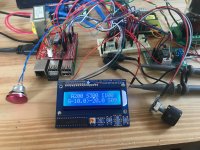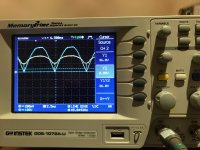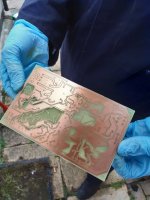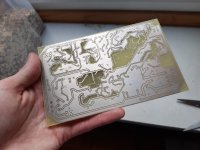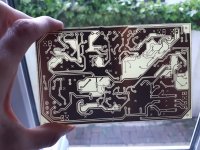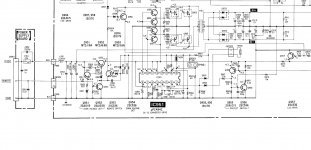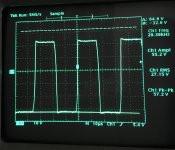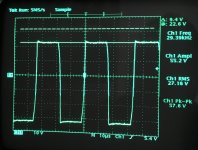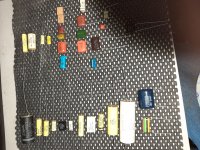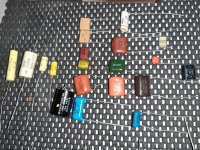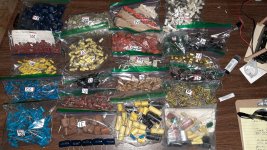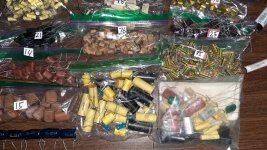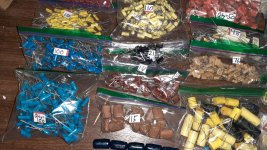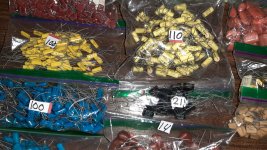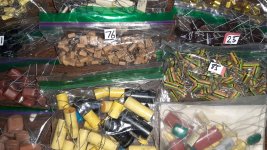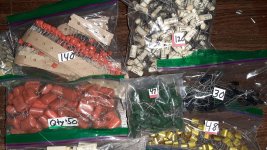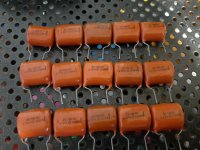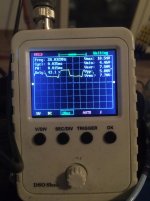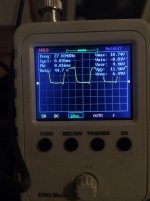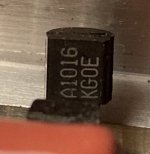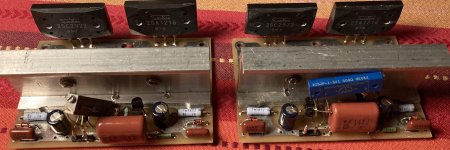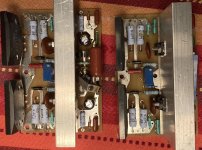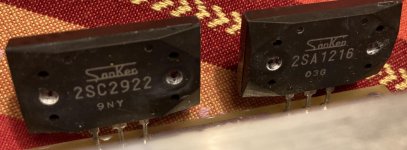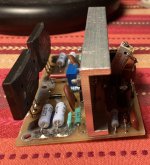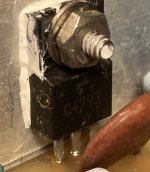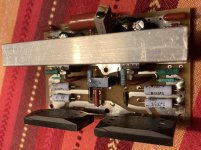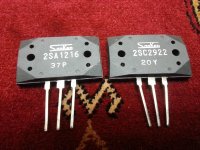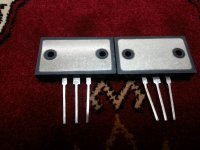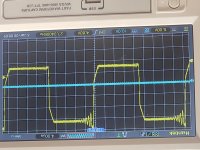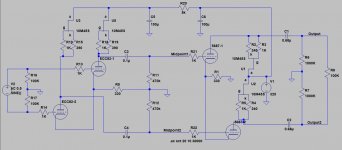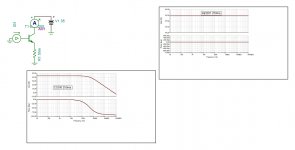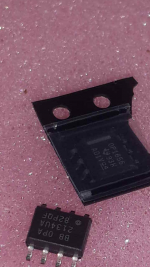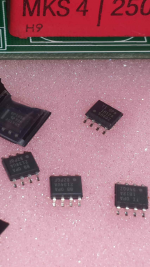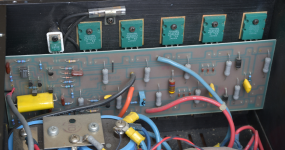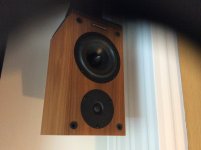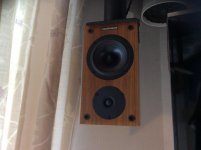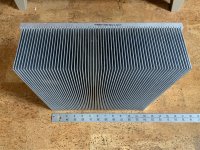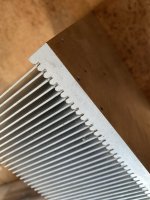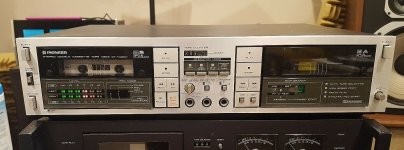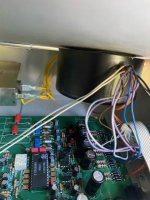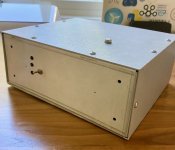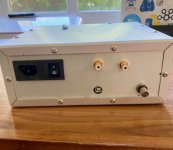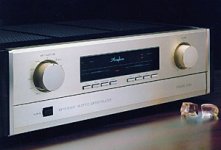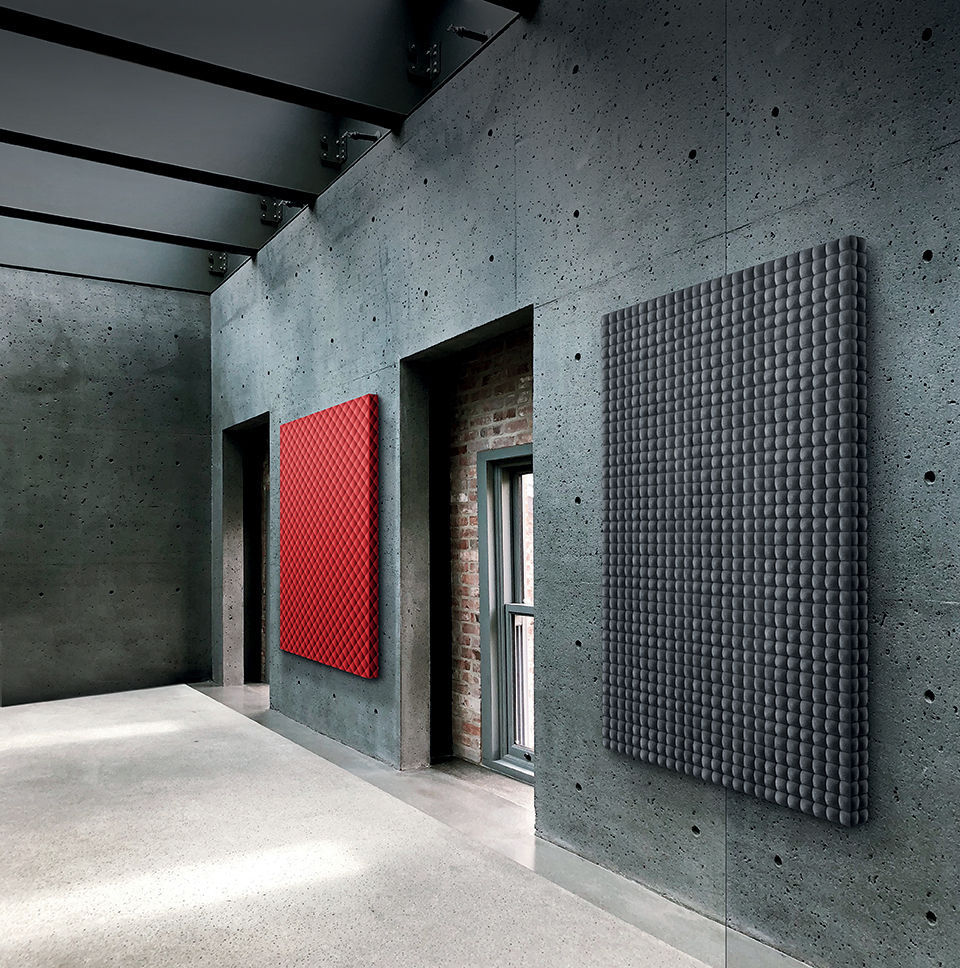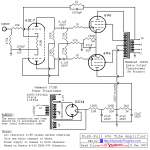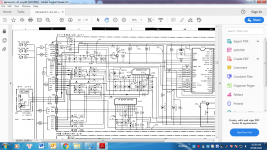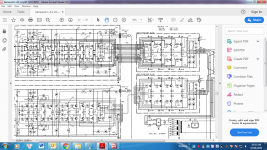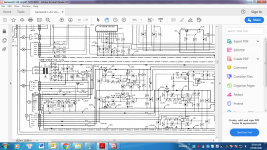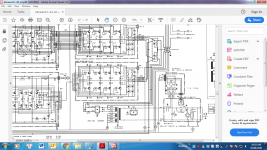Proposed 3-way design - comments/recommendations?
Hey fellow audio DIYers. newbie here. After 3 months of reading speaker reviews, endless pages of Econowave, dipole and horn design threads, I've decided to build my first pair of speakers instead of buying new 2-way bookshelf speakers for my apartment space. I figure for the same price I can do better.
Accordingly, I am hereby humbly accepting any constructive feedback from this forum's esteemed membership on my below overall design choices before I calibrate my table saw. Thank you in advance!
Objectives:
- medium loudness listening levels in a 16'x16' living room space, 8' high ceiling, music only
- desiring very good hi-fi low-upper midrange accuracy, clarity and balance for jazz, classical, R&B
- total audio components cost to be < $350.00
- will install pre-assembled crossover, not a custom-built crossover (because of job, kids and many hobbies time constraint)
- cannot be huge speakers (wife/GF speaker low dislike factor)
Overall design:
- 100-150W max power, passive, 3-way, floorstanding, 2 speakers only, no subwoofer planned
- committed to 12" woofer in bass-reflex cabinet (3.1 cu.ft.) - enclosure separate from midrange CD horn and supertweeter
- leaning towards a 1000Hz/5000Hz 8-ohm crossover and drivers
- going for controlled directivity with a midrange 1" compression driver horn - so far decided on a JBL JRX speaker waveguide clone like the ones used in the Econowave designs (rated good for down to 1000Hz, and with very minimal "colouration" as I understand it), eg.,
Dayton Audio H6512 6-1/2" x 12" Waveguide 1-3/8"- 18 TPI
- will order drivers and components from Parts Express and/or other recommended suppliers
- maybe prudent to install L-pads for midrange horns and supertweeters?
- construction: 3/4" MDF well braced cabinet w/ thicker front baffle made of MDF and maple or walnut veneer plywood exterior, internal sound dampening material is still TBD
Specific components:
- woofer, midrange 1" compression driver and supertweeter choices - still TBD
Existing audio path:
- mp3s, flacs on laptop/HDD --> Schitt Modi DAC --> 1990's Yamaha 60W/ch receiver--> speakers
- better hi-fi 100W 2-channel integrated SS amp planned for near future
- to add switchover tube amplfier option/experimenting in 5+ years
See included 2D frontal scale diagram of speaker design for your reference - this is how I would envision it.
So, what am I forgetting or should be considering? Or recommendations from anyone who has built a similar 3-way? And yes, I have reviewed the "So you want to design your own speaker from scratch!" thread.
Happy listening to all.
🙂

